Our constant need for more and more energy is one of the most basic dilemmas of modern life. Vincent Petit from Schneider Electric discusses how the challenge can become an opportunity.

January 26th, 2018
One of the top challenges presented by urbanisation and our escalating world population is the ever-increasing need for energy. But with the right approach, we can turn this challenge into an opportunity.
The global population is expected to increase to 10 billion in the second part of this century. What’s more, drawn by the chance for a better, more modern way of living, people continue to move to cities, in both mature and developing economies.
This represents a potential of 2.5 billion additional urban dwellers by 2050 – a migration never experienced in the history of humankind. And every one of those families will need power in their homes and workplaces.
While the global phenomenon of urbanisation opens opportunities for billions of people to achieve a higher standard of living, the movement itself impacts society and the global economy, presenting challenges in terms of resources, climate change and financing (with an expected 75 per cent increase in infrastructure investment needs in the coming decades).
How we manage energy (its generation, distribution and consumption) will be a leading factor in finding solutions for these challenges.
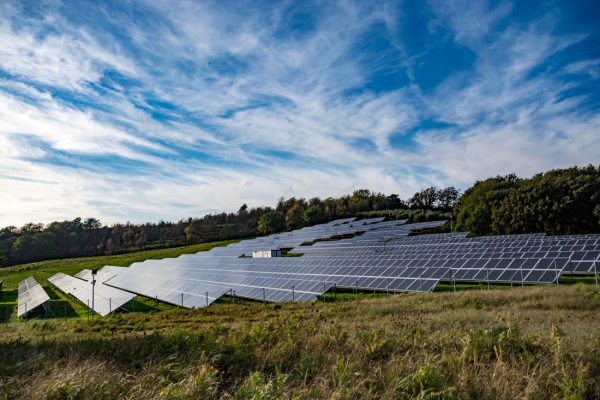
A new world of energy is emerging that is clean, competitive and electrified. Australia, for instance, is taking a giant step toward reliance upon renewable energies with a $13.8 million solar and battery microgrid project, the first of its kind in Australia. The microgrid will harness the full potential of renewable energy by dealing with the intermittent nature of solar. Working together, renewable energy engineering company Planet Ark Power and Schneider Electric will deliver a secure, sustainable and affordable energy supply to South Australia.
At the same time, digital technologies and IoT are pervading every aspect of our daily lives and business operations, bringing new levels of productivity, flexibility and energy efficiency.
For example, cement manufacturer China National Building Materials Group Corporation has leveraged digital solutions to improve performance while reducing its carbon footprint – a considerable undertaking for one of the most energy-intensive industries. But digitisation paid off: CNBM has cut its energy use, improving its overall energy efficiency by 10 per cent while significantly raising its productivity.
The transition to a clean and electrified energy system is accelerated by the digital technologies that make it possible. The transition to a new digital economy is, as well, accelerated by the emergence of a more competitive and sustainable energy system. Together, these elements are reshaping the global economy and opening new opportunities for better living.
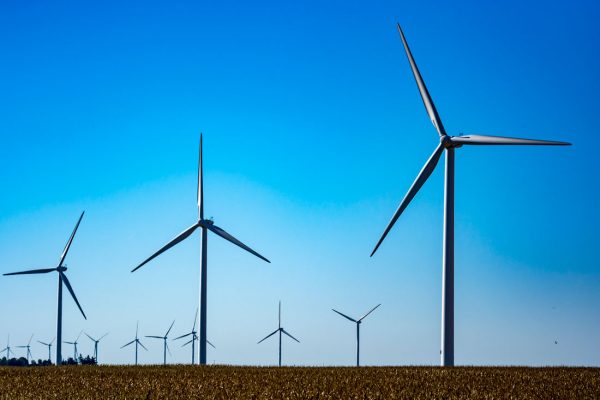
An integrated energy, efficiency and sustainability strategy is within reach. The emergence of a clean, electrified, ultra-efficient and digital energy system is achievable with today’s technologies. More, its growing competitiveness and proven benefits make this transition almost inevitable. This new paradigm can bring massive benefits to the challenges posed by the rapid urbanisation of billions of people.
The key question will thus not be if it is possible, but at what speed we can make it happen:
Countries and businesses around the world have already embarked on that journey, each with specific constraints and contexts. But despite the challenges to overcome, we can view the future with optimism in light of the great achievements being realised every day.
INDESIGN is on instagram
Follow @indesignlive
A searchable and comprehensive guide for specifying leading products and their suppliers
Keep up to date with the latest and greatest from our industry BFF's!

A longstanding partnership turns a historic city into a hub for emerging talent
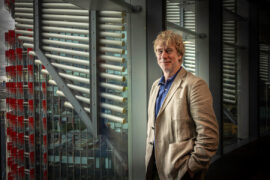
The Senior Design Director at RSHP reflects on Barangaroo South Masterplan during a visit to Sydney marking ten years since the completion of the first phase.
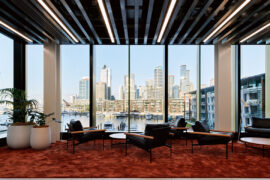
Warren and Mahoney’s design for Beca’s Auckland headquarters turns the mechanics of engineering into poetry, rethinking how workplace design can reveal its own systems.
The internet never sleeps! Here's the stuff you might have missed

Carr’s largest residential project to date integrates concrete, steel mesh and landscape across 122 apartments in Melbourne’s Brunswick.
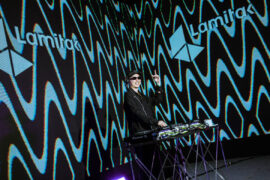
Lamitak’s Portfolio 2026/27 Collection made its debut in Bangkok with colour, energy and a crowd that celebrated design in full swing.
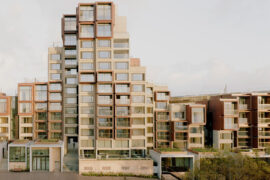
BVN’s Sirius Redevelopment has been named one of two joint winners of The Building category at the INDE.Awards 2025. Celebrated alongside Central Station by Woods Bagot and John McAslan + Partners, the project reimagines an iconic Brutalist landmark through a design approach that retains heritage while creating a vibrant, sustainable future for Sydney.